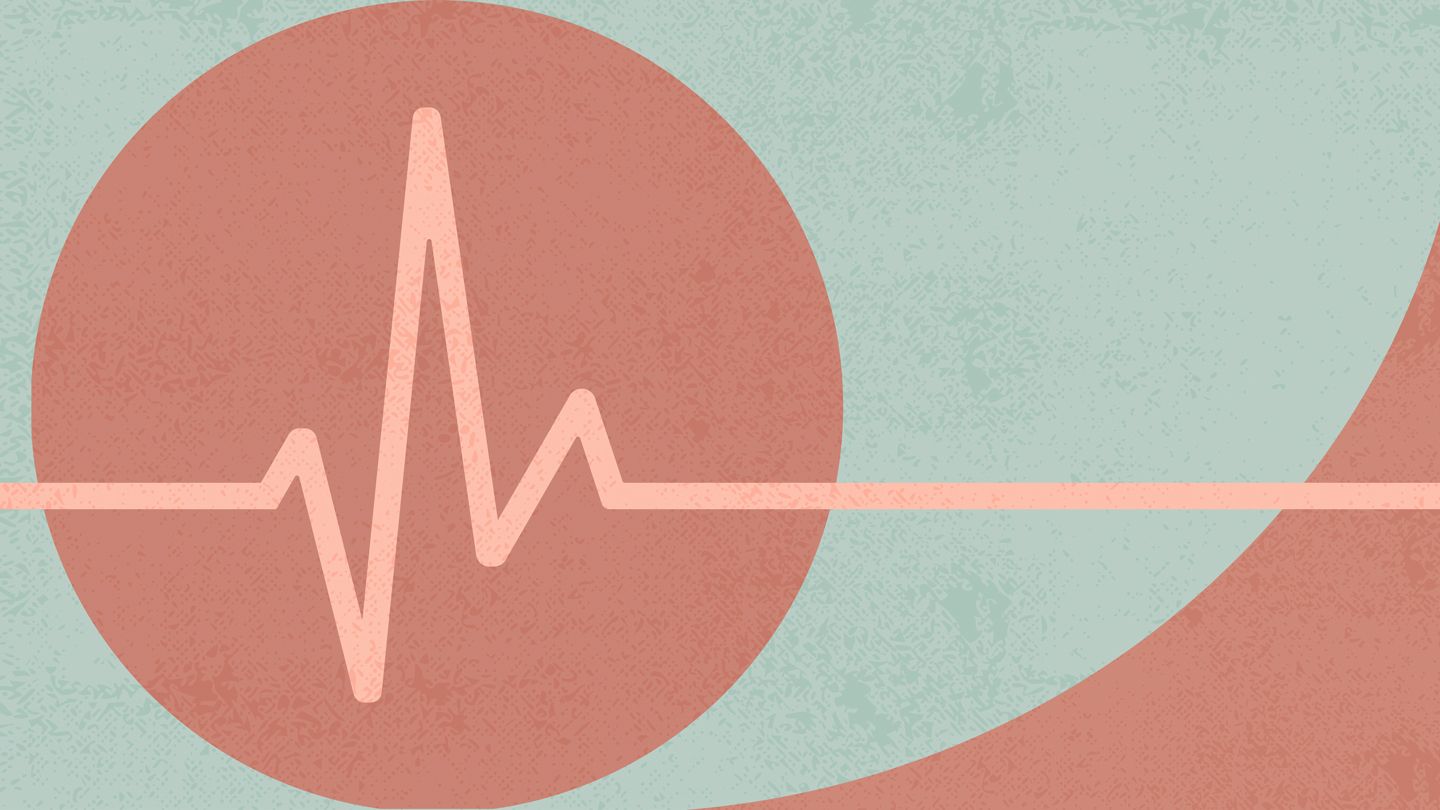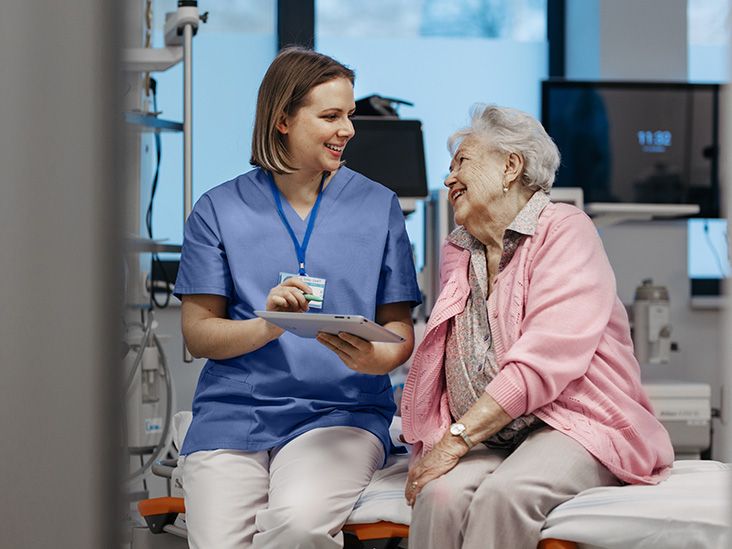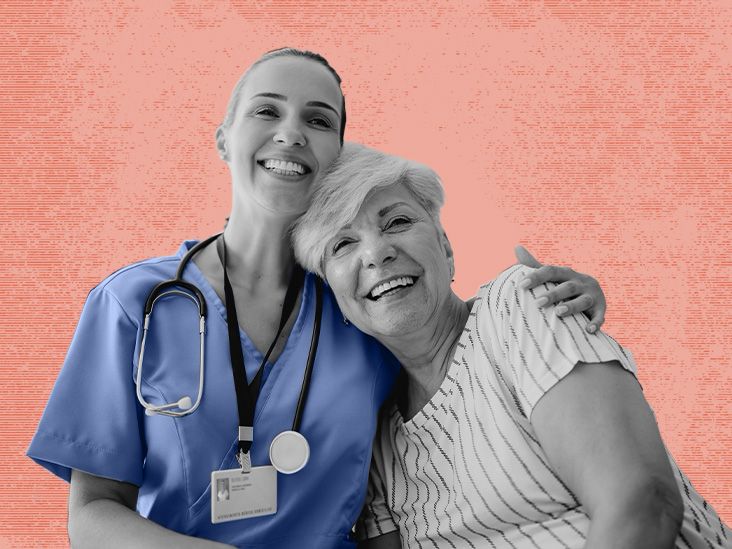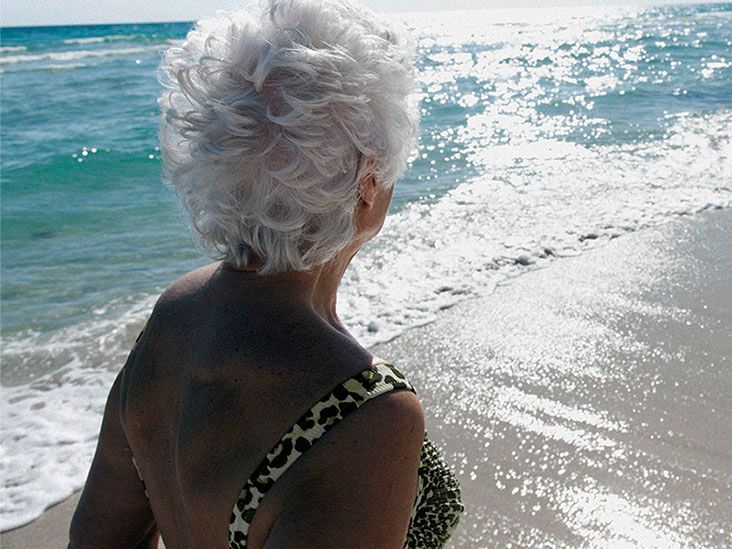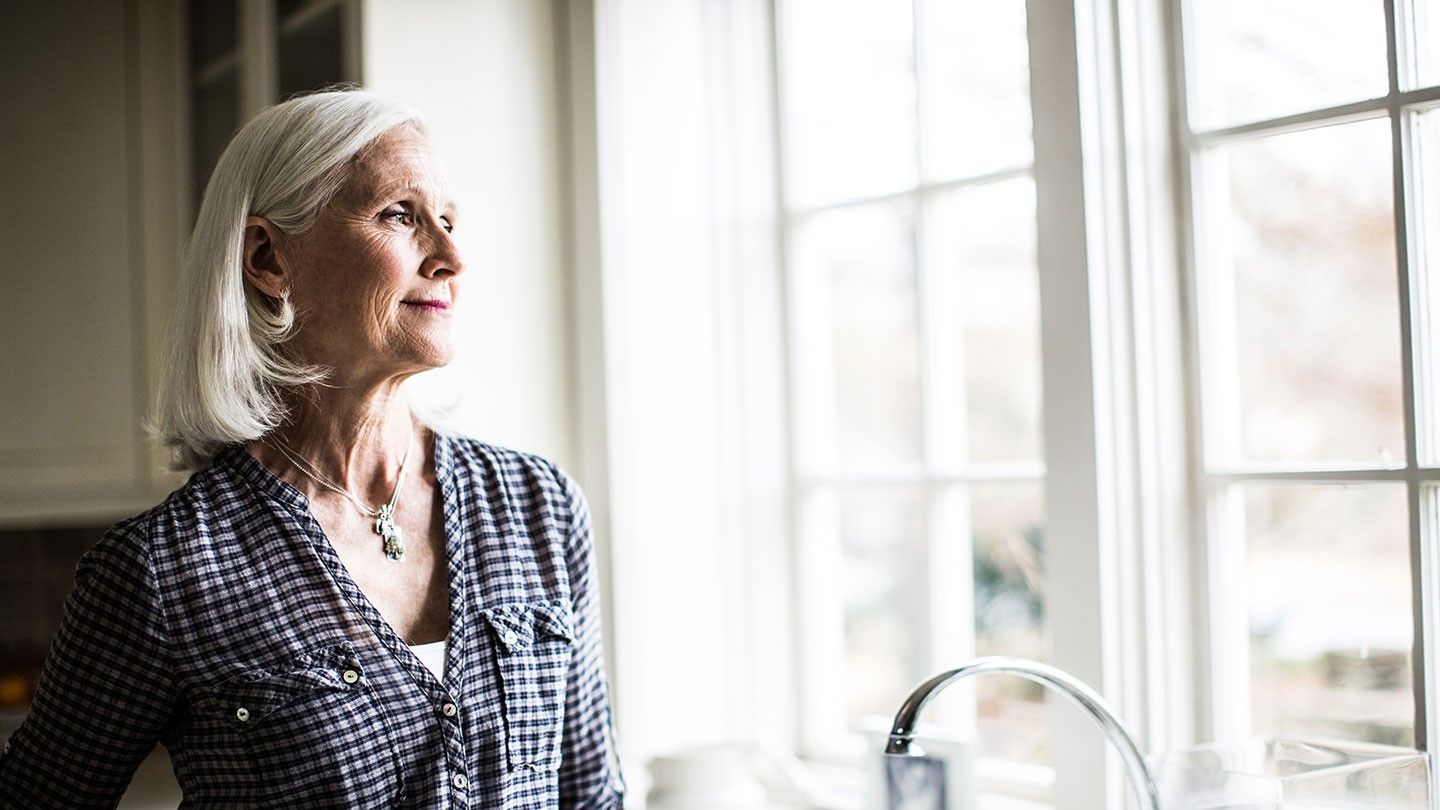When Do Most People Die?
Death is an inevitable part of life. While the thought of our own mortality can be frightening, understanding the process of death and when it most commonly occurs may provide some insight and comfort.
Circadian Rhythms and Time of Death
Research has shown that human deaths are not randomly distributed throughout the day. Instead, there appears to be circadian rhythms that influence when death is most likely to occur.
Studies monitoring the hour of death in hospitals have found that most human deaths tend to happen in the early morning hours. One 2022 study published in the Journal of American Medical Directors Association analyzed over 57,000 hospital deaths and found the most common hour of death was 6 AM.
Possible Explanations for Peaks in Early Morning Deaths
Why do so many people die in the early morning hours? Researchers have proposed several contributing factors:
- Circadian rhythms - Our body clocks may influence physiological processes involved in death and dying.
- Overnight vital sign changes - Many critically ill patients experience worsening vital signs at night when hospital staffing decreases.
- Disruption of care - There are fewer doctors and nurses working overnight to provide care.
The "Death Rattle" Phenomenon
The period shortly before death is often marked by changes in breathing patterns. As death nears, the body is less able to clear secretions from the airways which can lead to a coarse, wet breathing sound known as the "death rattle".
The death rattle usually begins about two to three days prior to death and is an indication that death is likely within hours to days. This phenomenon often begins in the early morning hours. Caregivers will sometimes report hearing the death rattle in the early morning, only to find that their patient has passed by the time they return to the room.
How Does the Human Body Shut Down When Dying?
Understanding how the body shuts down at the end of life may provide better insight into why early mornings are so often the last hours for dying patients.
Loss of Peripheries and Regulation
As death nears, the dying person loses sense of feeling and ability to move in their peripheral extremities first, like the hands and feet. Blood circulation is restricted from the extremities and concentrated towards critical organs like the brain and heart to preserve function.
However, as death gets closer, the body loses ability to properly regulate temperature, blood pressure, fluid balance and other vital mechanisms. Hands and feet become increasingly mottled and cool to the touch. Blood pressure starts dropping and heart rate may slow or become irregular.
Shutdown of Vital Organs
Eventually the regulatory systems in the brain begin to shut down. Hormones like cortisol may flood the body at this stage, putting it into crisis mode accelerate organ shutdown.
Kidney function declines leading to chemical and metabolic imbalances. The dying person slips into unconsciousness when the brain loses adequate blood flow and oxygen. Lung and heart cells start dying making breathing more difficult.
Clinical death occurs when breathing stops and the heart halts. However, some cells and tissues in the body remain alive for some time, which is why organ donation is possible after death.
The Final Exhalation
The bodily systems influencing breathing and circulation reach a tipping point in the early morning for many critically ill patients. As oxygen levels decline and carbon dioxide builds up, the body's pH shifts, accelerating organ failure.
This culminates in the "last breath" where the body gives its final involuntary exhalation. The death rattle sound is produced as air exits through relaxed vocal cords and fluid-filled airways. After this last breath, breathing ceases and the heart stops shortly after.
Does Dying Follow Different Patterns in Hospitals vs Home?
Most research on circadian patterns in human death is based on hospital patient data. Does this reflect patterns seen in home deaths?
More Sudden Deaths Occur at Home
While hospitalized patients typically die slowly from progressive disease, deaths at home may be more sudden and unexpected. More than half of at-home deaths investigated by coroners are attributed to underlying heart disease.
Many of these sudden cardiac events like heart attacks or lethal arrhythmias follow circadian rhythms with higher frequency in the early mornings. This may result in a greater proportion of morning home deaths.
Agonal Breathing May Go Undetected
The terminal death rattle may not be detected by family members without medical training. Agonal or delirium breathing can sound similar to deep snoring.
If these terminal breathing changes begin quietly overnight, the dying person may simply never wake up from this final slumber. Loved ones may not realize this activity precedes death.
Disruptions in Care May Persist
While medical and nursing shortages may be less impactful in the home setting, disruptions in continuity of care still exist. Changes between shifts of home health nurses or aide agencies can negatively impact unstable patients.
As with hospital patients, vital sign changes and decompensations overnight may progress too rapidly for caregivers to intervene come morning.
Providing Comfort in Final Hours
While we may not control the exact hour fate calls us, there are things we can do provide comfort in final hours.
Hospice and Palliative Resources
Hospice or palliative care teams work round-the-clock to manage complex symptoms at end of life. Seeking their skilled services earlier on can help minimize suffering when daily care needs exceed family capacities.
Nighttime Caregiver Assistance
Having a dedicated overnight caregiver, whether a family member, nurse or aide, ensures continuity of care through the night. They can address needs, listen for changes in breathing or alert others sooner.
Establishing Patient Goals
Discussing wishes, expectations and priorities early on establishes how aggressively to manage changes overnight. Setting limits on hospital transfers or life-sustaining treatments after certain hours can help ensure care plans align with patient values if death draws near.
While we may not choose our final hour, we can still have some control over where we take our last breath and who is by our side. Taking steps to plan ahead and keeping open conversations with loved ones can help ease fear in life's final transition.
FAQs
Why do most deaths occur in the early morning hours?
Researchers propose several reasons why human deaths peak around 6 AM: circadian rhythms influencing physiological processes, adverse overnight changes in vital signs, and disruptions in medical care staffing between shifts all may contribute.
What is the death rattle and when does it occur?
The death rattle refers to noisy, wet breathing sounds produced by fluids accumulating in the throat and airways. It signals death is likely within hours to days and often begins in the early morning hours.
Do home deaths follow circadian patterns too?
While more sudden cardiac events occur at home with peaks in early morning, the terminal death rattle may also go unnoticed by family overnight. Disruptions in home care between shifts can contribute like in hospital settings.
What can be done to ease fear as death approaches?
Getting hospice care assistance, having overnight caregivers, and setting expectations on managing overnight changes early on can help provide comfort even if we cannot control the ultimate hour death occurs.
Disclaimer: This article is for informational purposes only and does not constitute medical advice. Always consult with a healthcare professional before starting any new treatment regimen.
Related Coverage
Learn about the physical reasons and cultural/spiritual meanings behind the protruding tongue after death. Find healthy ways to process grief and gain closure....
Medicare after divorce can be confusing. Find out if you qualify for premium-free Part A and how to enroll without stress....
Licensed Medicare advisors help you navigate coverage options, avoid costly mistakes, and find plans that fit your needs....
What happens physically and mentally leading up to death and just after, according to scientific research. Covers brain activity, reflexes, the transition, and theories about consciousness....
Medicare for snowbirds can be simple with the right plan. Learn how Original Medicare, Medigap, and Advantage work across states for seamless care....
Get clear info on Medicare geriatric care coverage, including what's included, what's not, and how to maximize your benefits....
Find the best Medicare Advantage plan for 2025 by checking your doctors, prescriptions, costs, and benefits for a perfect fit....
Find the best Medicare options in West Virginia. Get help choosing plans that fit your needs and budget....
Find the best Medicare in Florida options with our simple guide. Compare plans and make confident healthcare decisions....
From arthritis to heart disease, seniors face many health challenges. Learn the most common senior health concerns and get tips for caring for elderly loved ones....



